Intrusive igneous rocks form in magma chambers that are deep underground.
Click on image for full size
Courtesy of Boise National Forest
Intrusive Igneous Rocks
Many kilometers below the Earth’s surface, molten rock called magma flows into cracks or underground chambers. There, the magma sits, cooling very slowly over thousands to millions of years. As it cools, elements combine to form common silicate minerals, the building blocks of igneous rocks. These mineral crystals can grow quite large if space allows.
Rocks that form in this way are called intrusive igneous or plutonic rocks. The mineral crystals within them are large enough to see without a microscope. There are many different types of intrusive igneous rocks but granite is the most common type.
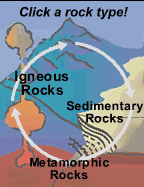
Last modified June 17, 2003 by Lisa Gardiner.
You might also be interested in:
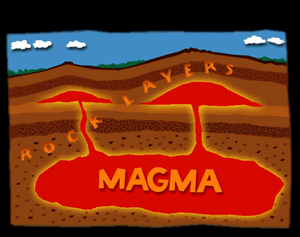
If you could travel to the center of the Earth, you would find that it gets hotter and hotter as you travel deeper. The heat is naturally produced when radioactive elements break apart. Within the Earth’s
...more
Everything you see around you is made of tiny particles called atoms. There are many different types of atoms, each with a special combination of protons , neutrons and electrons . These different types
...more
Minerals are the building blocks of rocks. They are non-living, solid, and, like all matter, are made of atoms of elements. There are many different types of minerals and each type is made of particular
...more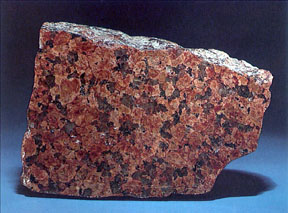
Look at granite closely and you can see crystals of common silicate minerals such as quartz, plagioclase feldspar and orthoclase feldspar. In fact, granite is mostly quartz and feldspar crystals. It also
...more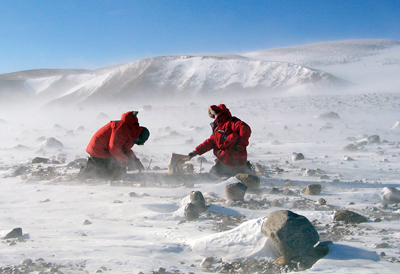
There are lots of rocks in Antarctica, but the one that scientists just found is special. It may provide evidence that part of Antarctica was connected to North America hundreds of millions of years ago.
...more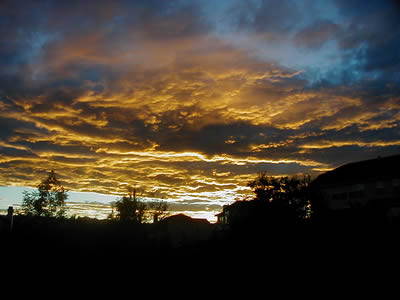
Mine are the night and morning, The pits of air, the gulf of space, The sportive sun, the gibbous moon, The innumerable days. I hid in the solar glory, I am dumb in the pealing song, I rest on the pitch
...more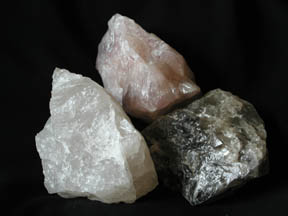
Spotting minerals is fun! There are many different types of minerals, each with a different name and a special set of characteristics. So, if you find a mineral that you do not recognize, you can use
...more















